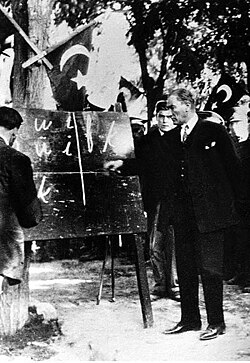Unknown language #21
This morning I received the following link without any accompanying explanation: link is embedded here. As soon as I started to read through the text, it seemed as though it were Hindi-Urdu, or some other northern Indic language, but it was so jumbled with English and jargon that I couldn't really make full sense of all that it was saying. Moreover, it was written in romanization, not Devanagri or Perso-Arabic. I had studied a summer of Hindi-Urdu about 60 years ago, but that was in the two native scripts, and I had become quite proficient in Nepali from having lived in the eastern Himalayas from 1965-67. Nepali was also written in Devanagari and was full of Indic cognates, but also had plenty of Persian and Arabic borrowings.
Read the rest of this entry »

